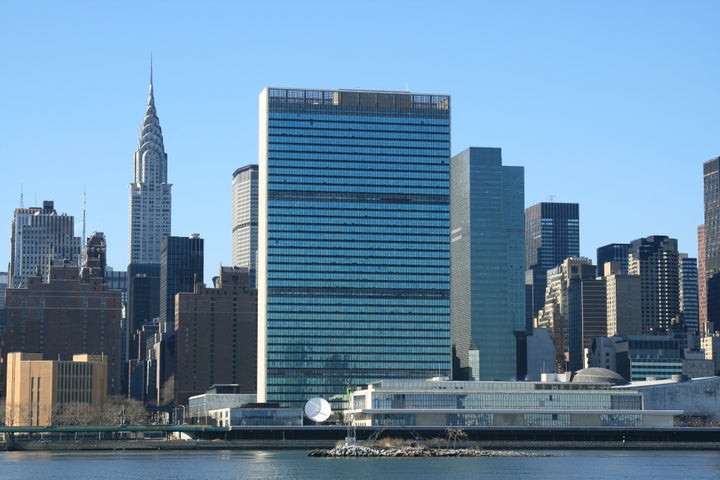
During his 2012 State of the State Address, New York Governor Andrew Cuomo announced his strong support for public campaign financing, along with other reforms to improve New York's moribund campaign finance laws.
He did so with good reason. A recent survey ranked New York the 36th most corrupt state in the country, and its campaign finance laws played a major role, earning a D- grade (only 12 states scored worse on this issue). Moreover, research by the Campaign Finance Institute indicates that a smaller percentage of New Yorkers donate to their legislative and gubernatorial candidates than in any other state. The state's high and porous contribution limits -- higher than any other state that bothers to limit them at all -- play more than a trivial role in the disinclination to contribute.
Despite Cuomo's efforts to make campaign finance reform a legislative priority, bills to enact a system of public financing modeled on New York City's extremely successful program -- which provides $6 for every $1 raised (up to $175) from city residents -- languished in Albany this year.
Last Wednesday, however, Cuomo made his strongest commitment yet to advance public financing by using his bully pulpit, announcing plans to wage an education campaign across the state to increase the issue's public salience. His involvement could be a game changer. New Yorkers already overwhelmingly support his plan, with 74 percent expressing support for lower contribution limits and public campaign financing. But public education will help voters connect the dots and understand why campaign finance reform is so critical to restoring a form of government that truly ensures that the will of the people is the law of the land.
Harvard Law Professor Lawrence Lessig in a recent article poignantly illustrates the case that Governor Cuomo must make. "If there is a ship of state," Lessig writes, "its rudder has been lost. We are drifting. We can't change course. And eventually, and with absolute certainty, in waters such as these, a drifting ship will sink." The problem, Lessig argues, is that a campaign finance system reliant on a small cadre of people Teflon-coats our laws, making them impervious even to a broad-based push for change. As he puts it:
It is as if America ran two elections every cycle, one a money election and one a voting election. To get to the second, you need to win the first. But to win the first, you must keep that tiniest fraction of the one percent happy.
If New York voters wonder why legislators went home without taking action on minimum wage and reproductive health bills that were major priorities, they may need not look any further than the state's loophole-ridden campaign finance regulations. And the same phenomenon underlies national politics, where Wall Street reform has proven incapable of preventing the financial sector from taking risky actions that threaten the entire economy, and where climate change legislation, education reform and stimulus spending remain essentially political shibboleths.
Small donor public financing in New York State or at the federal level can reverse this debilitative trend. Campaign Finance Institute data shows that 1.8 percent of New York City voters donated to city candidates in 2009. That might not seem like much, but it's a ninefold increase over the 0.2 percent of city residents who donated to state candidates in 2006. The bigger story is that small contributions (along with matching funds) accounted for 63 percent of the money spent by publicly financed candidates in 2009 New York City elections, compared to only seven percent of the money in New York State elections in 2006. A joint study by the Brennan Center for Justice and the Campaign Finance Institute demonstrates that small donors in poor, black, Asian and Latino neighborhoods are far more likely to donate to City Council candidates -- who run under the City's small donor matching program--than State Assembly candidates -- who don't. For example, 24 times more small donors from the poor and predominately black Bedford-Stuyvesant neighborhood and the surrounding communities gave in city elections compared to state elections.
After years of legislative and judicial defeats and two campaign cycles of record outside spending, the majority of it undisclosed, reform advocates could use a victory. New York can show the country that public financing can amplify the voices of small donors and expand the "money election" playing field so that the "voting election" results in better representative, more responsive democracy.
If public financing can make it in New York, it can make it anywhere.